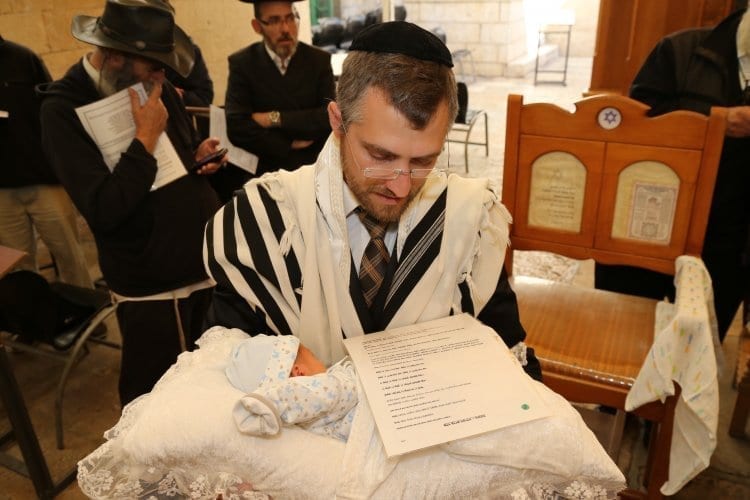Mankind first gained the ability to see inside opaque objects after the German scientist, Wilhelm Conrad Roentgen, discovered X-rays in 1895 – or so most people think.
After the People of Israel left Egypt, through the intervention of supernatural forces as related in the Torah,(1) the masses were lead along the desert route toward the Land of Israel in a miraculous way: “God went before them by day in a pillar of cloud, to lead them the way; and by night in a pillar of fire, to give them light; so that they might travel by day and by night” (Exodus 13:21).
According to the Talmud,(2) in addition to setting the route for the Israelites, the cloud emitted a type of light that allowed them to see inside opaque objects: “A person could look at a pitcher or barrel and see what was inside it.”
This is remarkably similar to our own use of X-rays, ultrasound, CT scans and MRI imaging techniques, so familiar to us today.
Also striking is a Talmud’s statement that the Jewish people used the light from the clouds to examine internal bodily organs; a precursor to modern imaging techniques that allow us to view inflammations and diseases within the human body. This was necessary to fulfill the commandment of the “Red Heifer”(3), which entailed the slaughter and burning of a completely red cow.
On the one hand, Jewish law forbids the carcass to be butchered after slaughter, for it was required to be burned whole.(4) On the other hand, it was vital for the heifer to be free of any internal diseases or blemishes, similar to cattle slaughtered for human consumption. Thus, eighteen different internal organs(5) had to be checked after it was slaughtered, yet without a single incision being made.(6) This was achieved by placing the cow next to the column of cloud, and letting its light reveal what was inside.
In connection with this idea, it is appropriate to cite the verses that describe the giving of the Torah on Mount Sinai: “And all the people saw the sounds, and the lightning, and the voice of the horn, and the mountain smoking…” (Exodus 20:14).
Tradition maintains that this verse be taken literally – the Israelites saw the sounds, even though seeing and hearing require two completely separate brain functions: our ears detect sound waves, convert them into electrical signals and pass them on to the brain for interpretation, while our eyes detect light rays, convert them into electrical signals and pass them on to the brain. Yet the Sages, some 1,600 years ago, declared that “they saw that which they heard, which was impossible to see anywhere else.”(7)
Perhaps a recent invention sheds light on this statement. And while it certainly does not explain the inner meanings of the Divine revelation at Mount Sinai, it does allow our minds grasp something of this amazing phenomenon.
Today, ultrasound equipment is commonly used to scan the body’s internal organs, to provide images of the fetus inside the mother’s womb. The development of ultrasound became possible only after scientists discovered that high-frequency sound waves can be used to create an image. In other words, that which is heard can also be seen.
The Torah tells us: “The voice of the Lord is powerful” (Psalms 29:4). Can there be any voice more intense then God’s when He speaks to us in our material world? Are we really surprised that all the People of Israel saw the voices, even without the monitors of sophisticated modern equipment?
But let us emphasize this point once again: The purpose of these comments is to help us better understand these things, not to provide a literal interpretation.
Notes and Sources
(1) See: Exodus 7-12.
(2) “Braita LeMelechet HaMishkan,” in the Tosephta to BT Shabbat 22b, s.v. “and in the light of.”
(3) See Numbers 15.
(4) BT Chulin 11a.
(5) See the Aramaic translation of Yonatan ben Uziel on Numbers 19:3
(6) Notwithstanding this requirement, when it is impossible to check, the general assumption is that most cattle are fit for consumption (see Chulin 11b). Indeed, this rule was applied in the preparation of subsequent Red Heifers by the later generations of Jews who had entered the land. See more in the book, Maaynah Shel Torah, Bamidbar, p. 94.
(7) Rashi’s explanation of the verse, based on the Mechilta, an early, legal Midrash, on the book of Exodus.
(8) Psalms 29:4.





